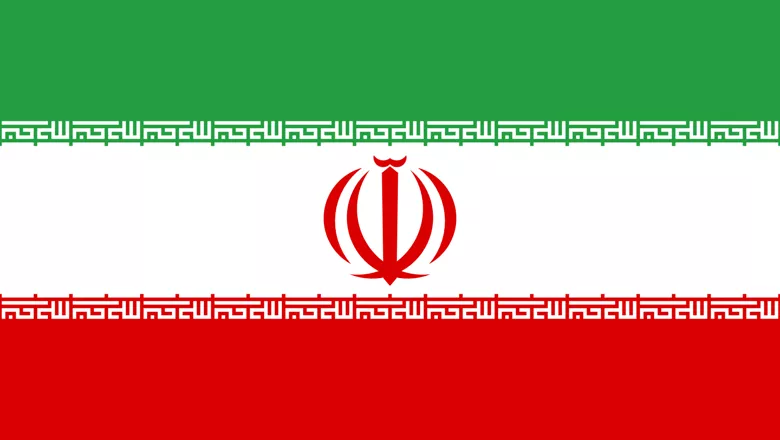08 April 2015
Monitoring the Joint Comprehensive Plan of Action between Iran and the P5+1 - five key points - copy
Following a week of negotiations, the P5+1 and Iran reached an agreement in Lausanne on 2 April. Details so far available are contained in a document circulated by the US State Department entitled “Parameters for a Joint Comprehensive Plan of Action regarding the Islamic Republic of Iran’s Nuclear Program”, or JCPoA.

According to this document, certain of Iran’s nuclear activities are subject to monitoring for periods ranging from 10 to 25 years. Iran also implements the IAEA’s Additional Protocol and Modified Code 3.1, both enhanced safeguards measures. Iran in addition agrees to measures to address additional concerns, such as those related to the Possible Military Dimensions (PMD) of Iran’s nuclear programme.
The details of the JCPoA need to be agreed by 30 June 2015, and State Department officials, lacking an imaginative original caveat, highlight that “nothing is agreed until everything is agreed”. Nevertheless the 2 April accord will undoubtedly go down in history as an impressive achievement. The negotiators deserve congratulations.
But because of Iran’s history of deception regarding its nuclear programme, skeptics (not least The Economist) suggest “distrust and verify” should be the watchwords. So how in practice will the JCPoA as described in the State Department document be monitored, and if necessary enforced?
There appear to be five key points for consideration:
- The document states that a new UN Security Council resolution will lift all existing Security Council resolutions on Iran, simultaneous with completion by Iran of actions addressing all key concerns: enrichment, Fordow, Arak, PMD and transparency. What does “addressing” mean in practice, and who will decide that “addressing” is sufficient to justify a new Security Council resolution to lift all UN Security Council sanctions? For example, will Iran really provide sufficient information to the IAEA to resolve all outstanding concerns on PMD by 30 June?
- The document states that core provisions of existing UN Security Council resolutions (i.e. those addressing transfers of sensitive technologies and activities) will be re-established by a new UN resolution which will also incorporate restrictions on conventional arms and ballistic missiles, as well as provisions for cargo inspections and asset freezes. How in practice will existing UN Security Council provisions regarding Iran’s ballistic missile activities, and restrictions on conventional arms transfers to or from Iran be modified? Will for example paragraph 5 of resolution 1747 (2007), that prevents transfers by Iran of arms or related material, be modified? What monitoring mechanisms will be incorporated into the resolution for the JCPoA as a whole?
- The document states that the resolution will also set up a procurement channel for Iran’s nuclear programme which will monitor and approve on case-by-case basis the supply, sale or transfer to Iran of certain nuclear-related dual-use materials and technology. How will this work in practice? Reports on the UN website by the UN Panel of Experts on Iran established pursuant to resolution 1929 (2010) show that the great majority of items intercepted on route to Iran’s nuclear activities in recent years have been below-threshold items. How will monitoring of such items by the procurement channel monitor take place? Will Iran permit access by the IAEA to related end-users under the Additional Protocol?
- The document states that a dispute mechanism will be established to resolve disagreements about performance of commitments. How will this work in practice? Would a new body be set up or would existing bodies such as the Security Council Committee established pursuant to resolution 1737 (2006) and/or the UN Panel on Iran be involved? The resource implications for either would be significant.
- The document also states that if an issue of significant non-performance with JCPoA commitments cannot be resolved through the dispute mechanism then “all previous UN sanctions could be re-imposed’? But how in practice could this be achieved? Can appropriate mechanisms be built into the new UN resolution (above)? Much otherwise will depend on future P5 unanimity on Iran.
